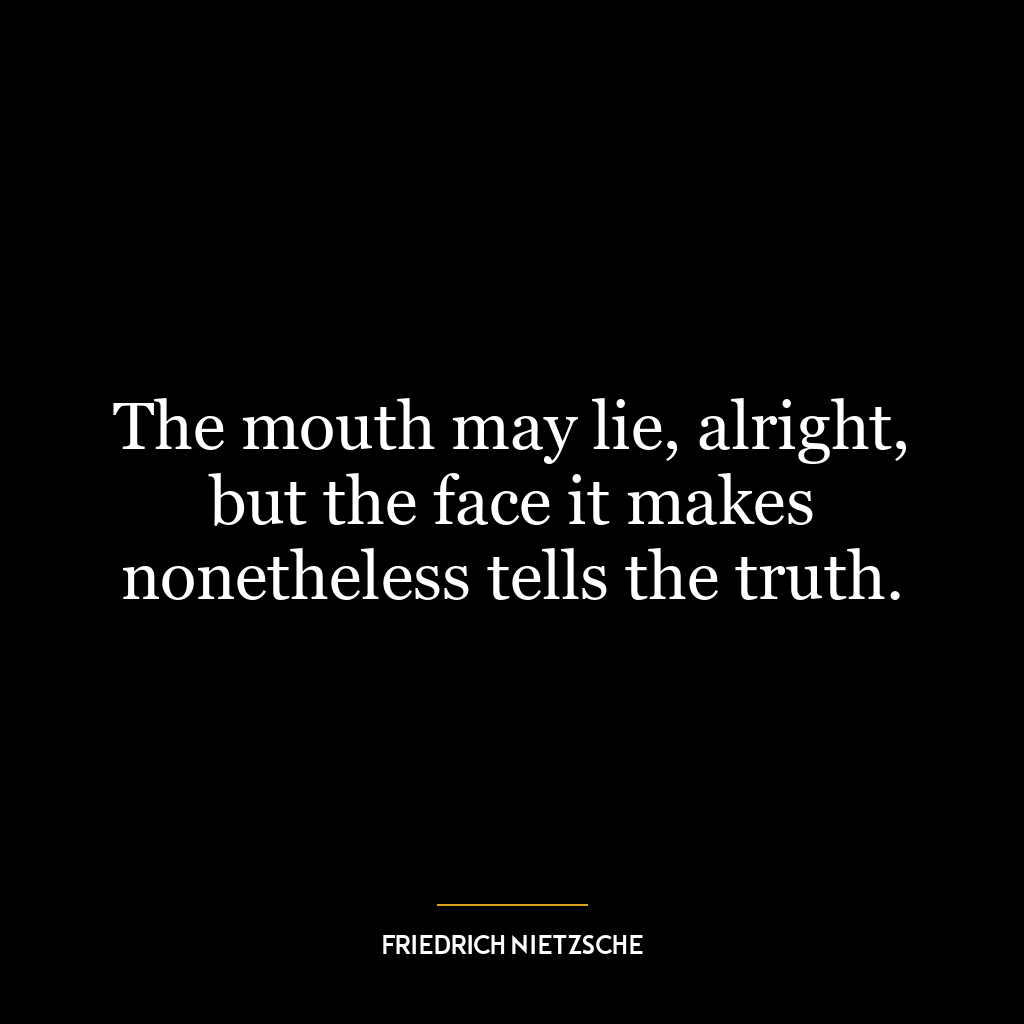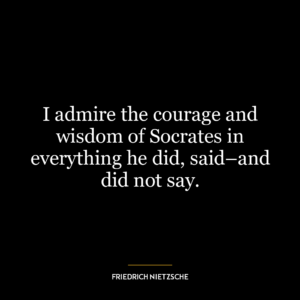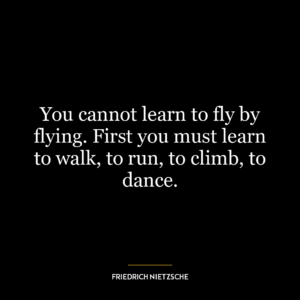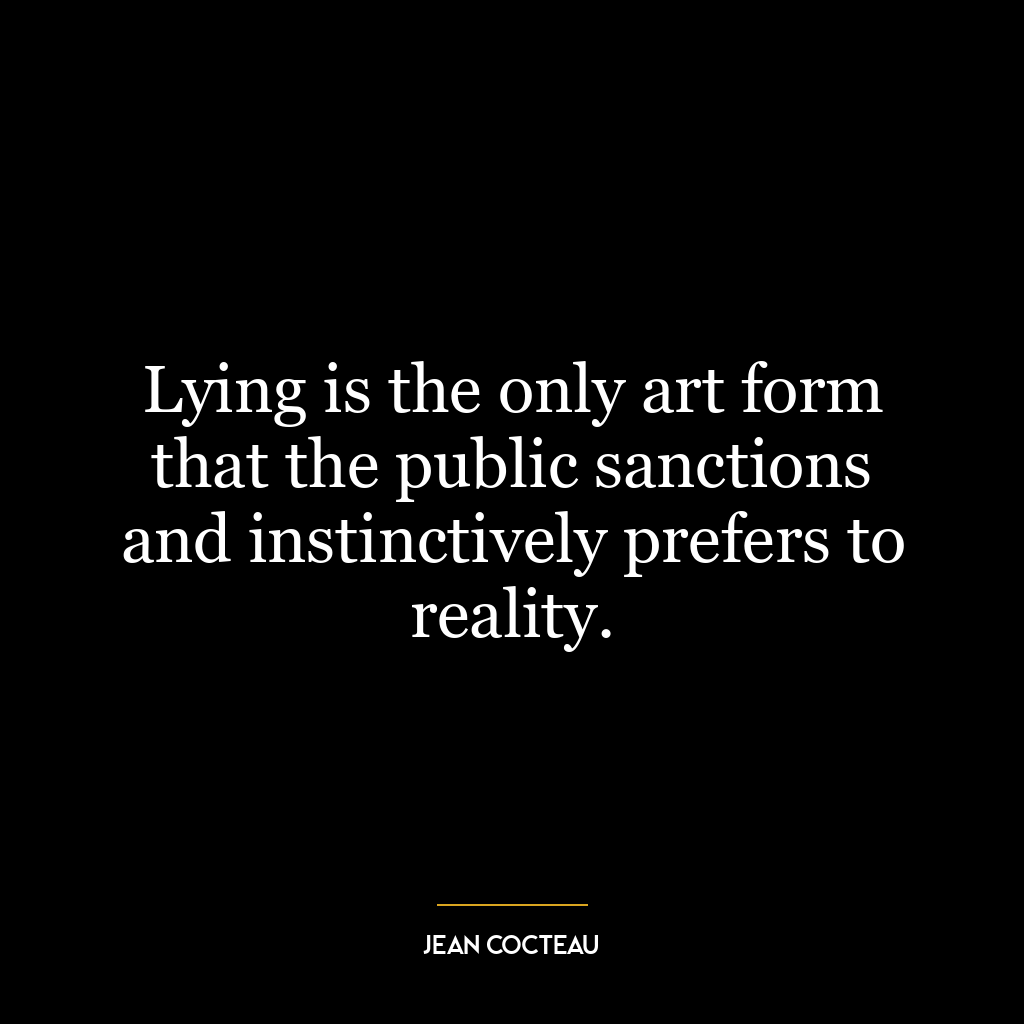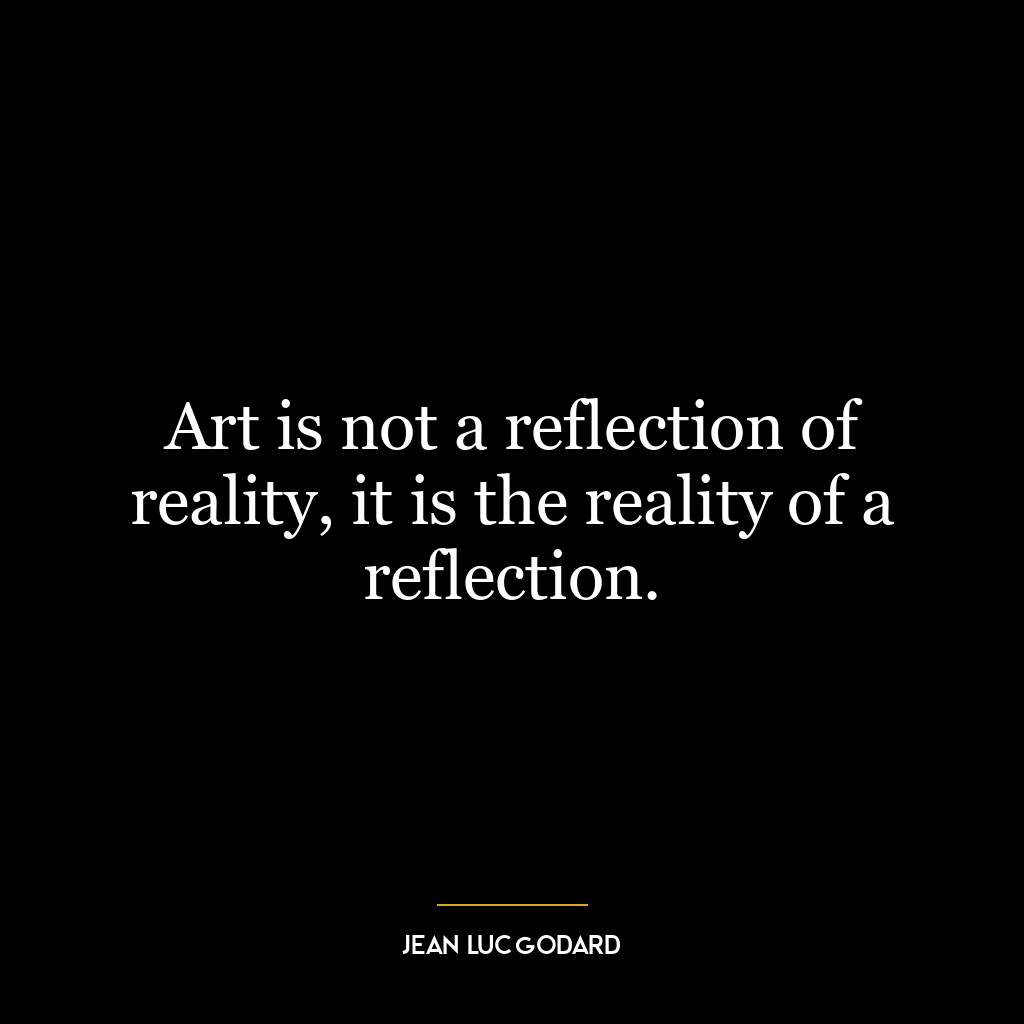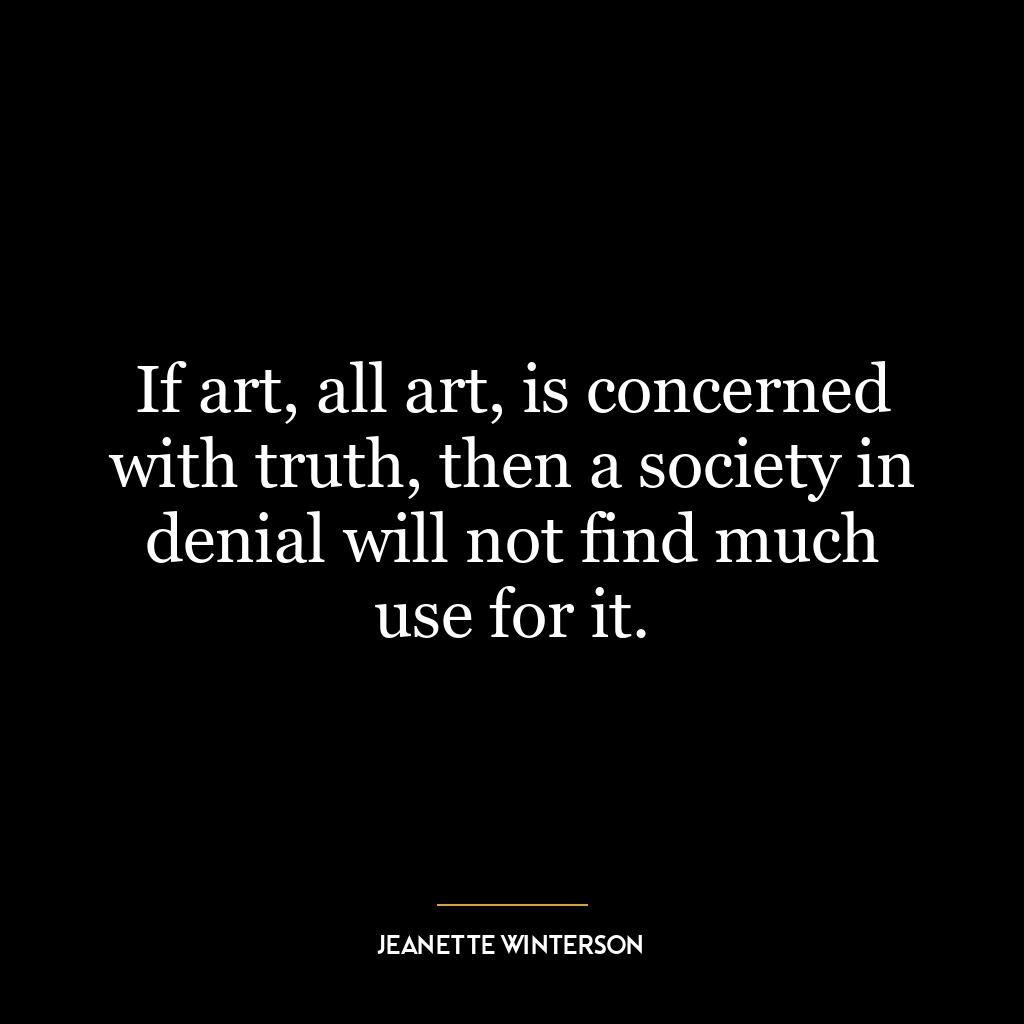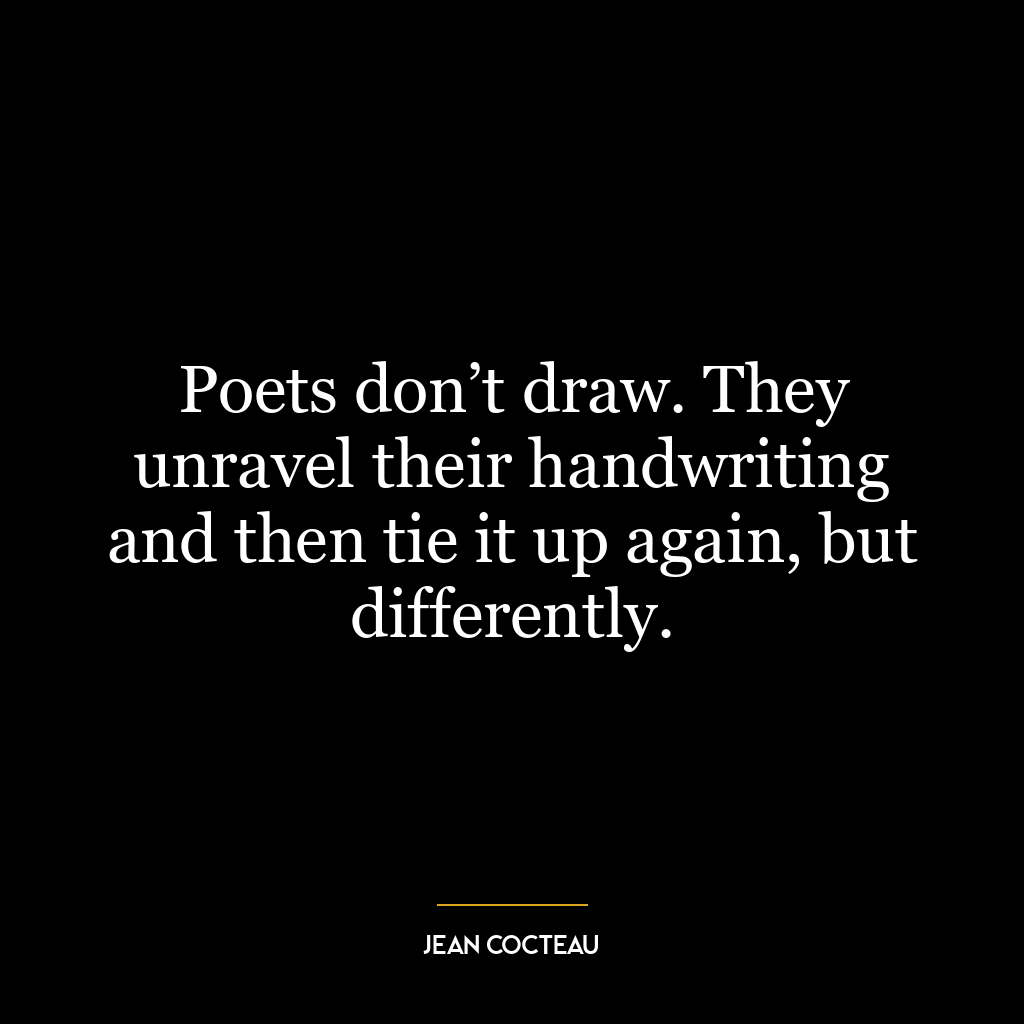The mouth may lie, alright, but the face it makes nonetheless tells the truth.
This quote by Friedrich Nietzsche, “The mouth may lie, alright, but the face it makes nonetheless tells the truth,” signifies that even if words can be manipulated to deceive or mislead, the facial expressions or body language often reveal the true feelings or thoughts of a person. It alludes to the idea that non-verbal communication is often more truthful and revealing than verbal communication.
This quote is deeply rooted in the science of body language. It is widely accepted that a significant portion of our communication is non-verbal, with some studies suggesting this could be as high as 70%. So, even when someone is telling a lie, their facial expressions, body posture, or eye movements might give them away. For instance, someone might say they’re fine with a smile, but their eyes, the tension in their face, or their body posture might suggest otherwise.
In today’s world, this idea is more relevant than ever. In a time where virtual communication is prevalent, understanding non-verbal cues becomes crucial. It could be applied in various fields like law enforcement, where officers are trained to detect lies by observing facial expressions and body language. In business negotiations or diplomatic talks, understanding these cues could provide an upper hand.
In terms of personal development, understanding this concept could improve one’s emotional intelligence. It could help individuals better understand the emotions and intentions of others, leading to more empathetic and effective communication. It could also help individuals become more aware of their own non-verbal cues, allowing them to communicate more authentically and effectively.
Moreover, it highlights the importance of honesty and authenticity. As Nietzsche suggests, the truth has a way of revealing itself, even when we try to hide it. So, being truthful not only to others but also to oneself could lead to a more fulfilling and less complicated life.

